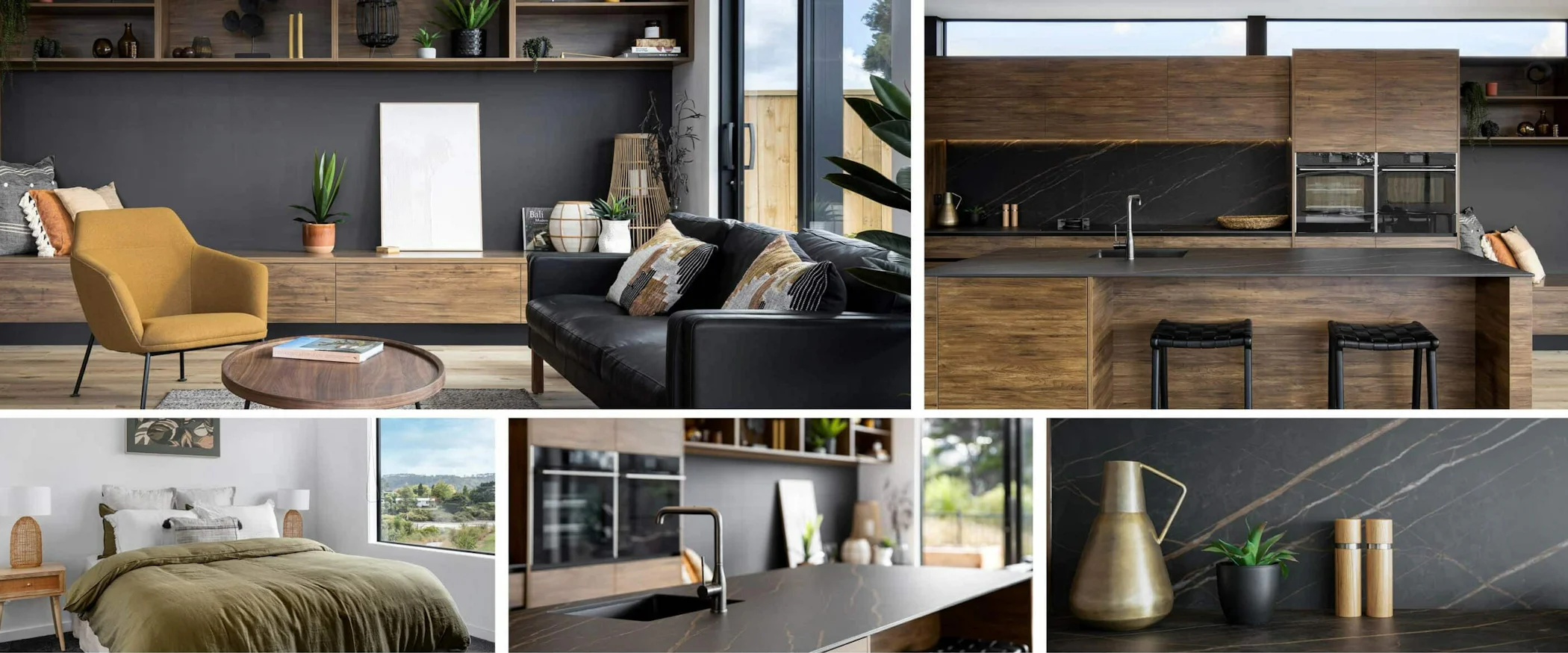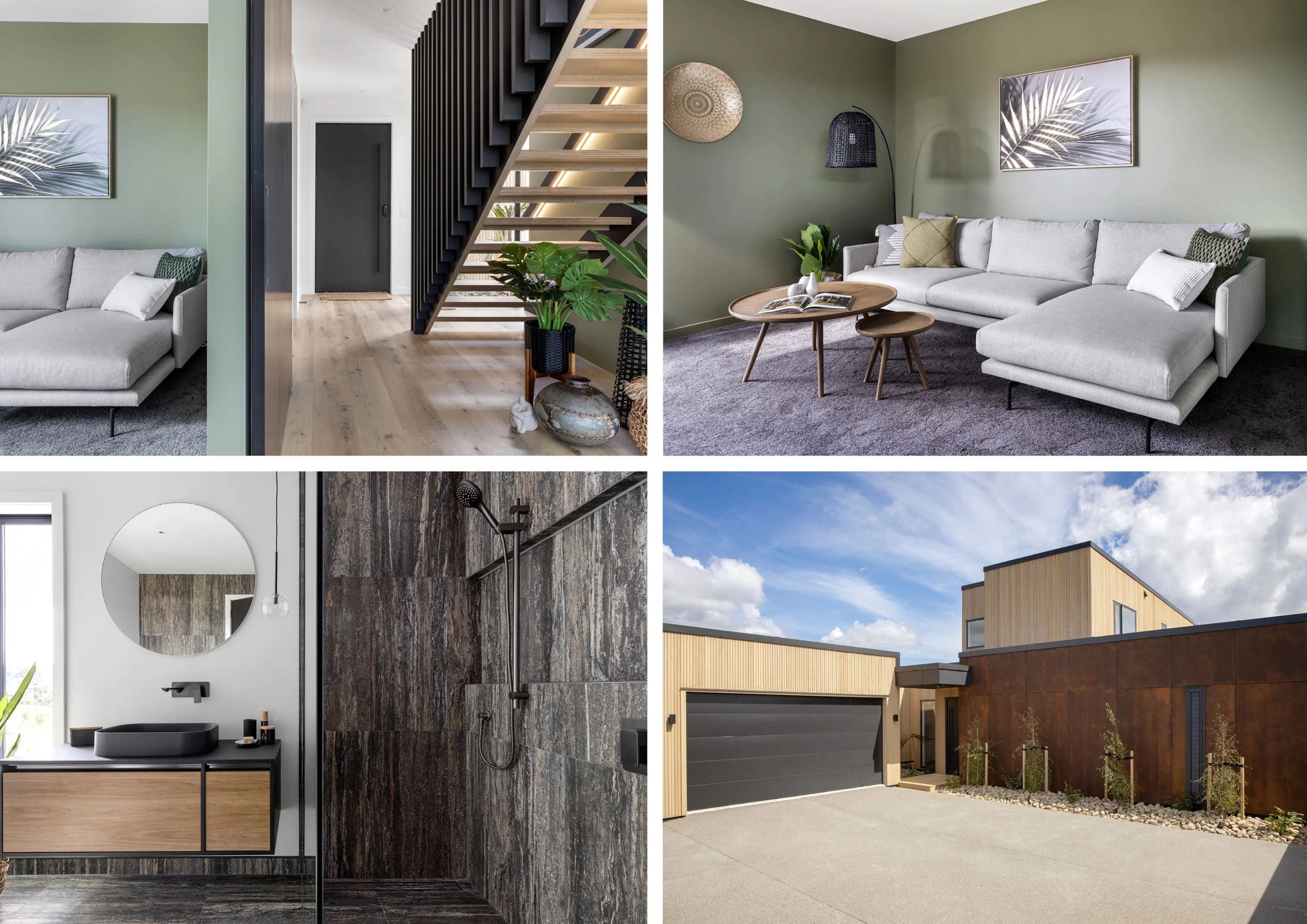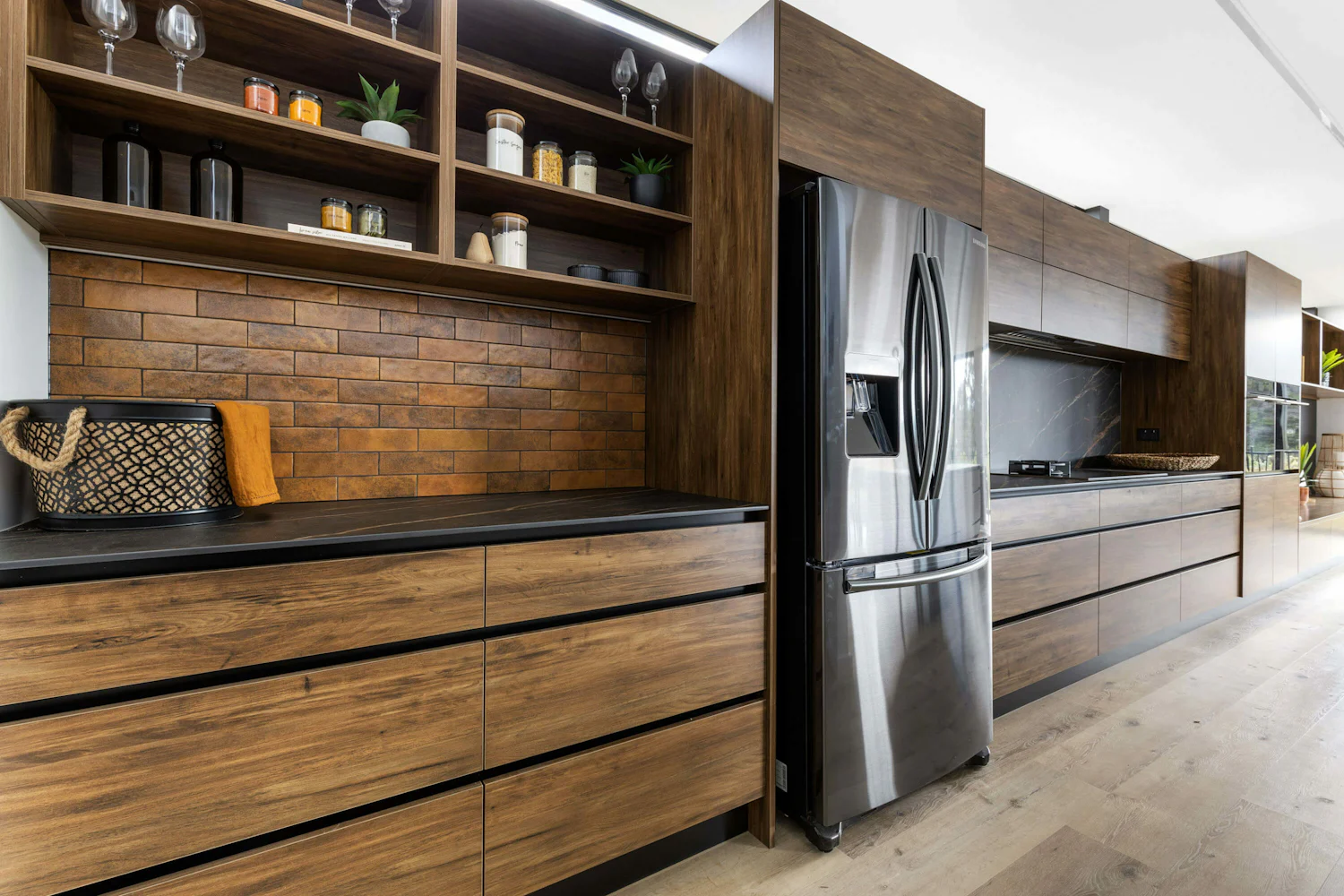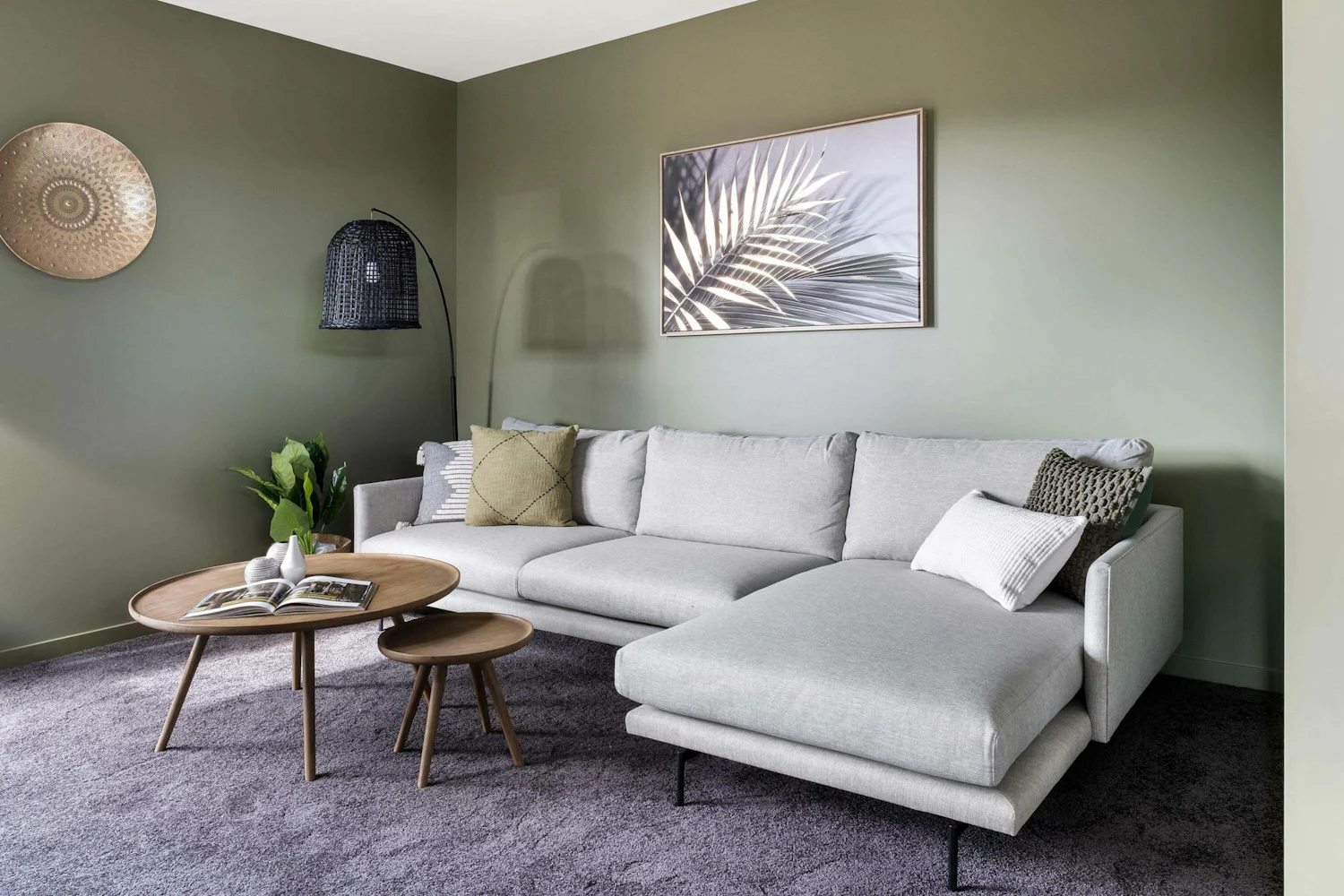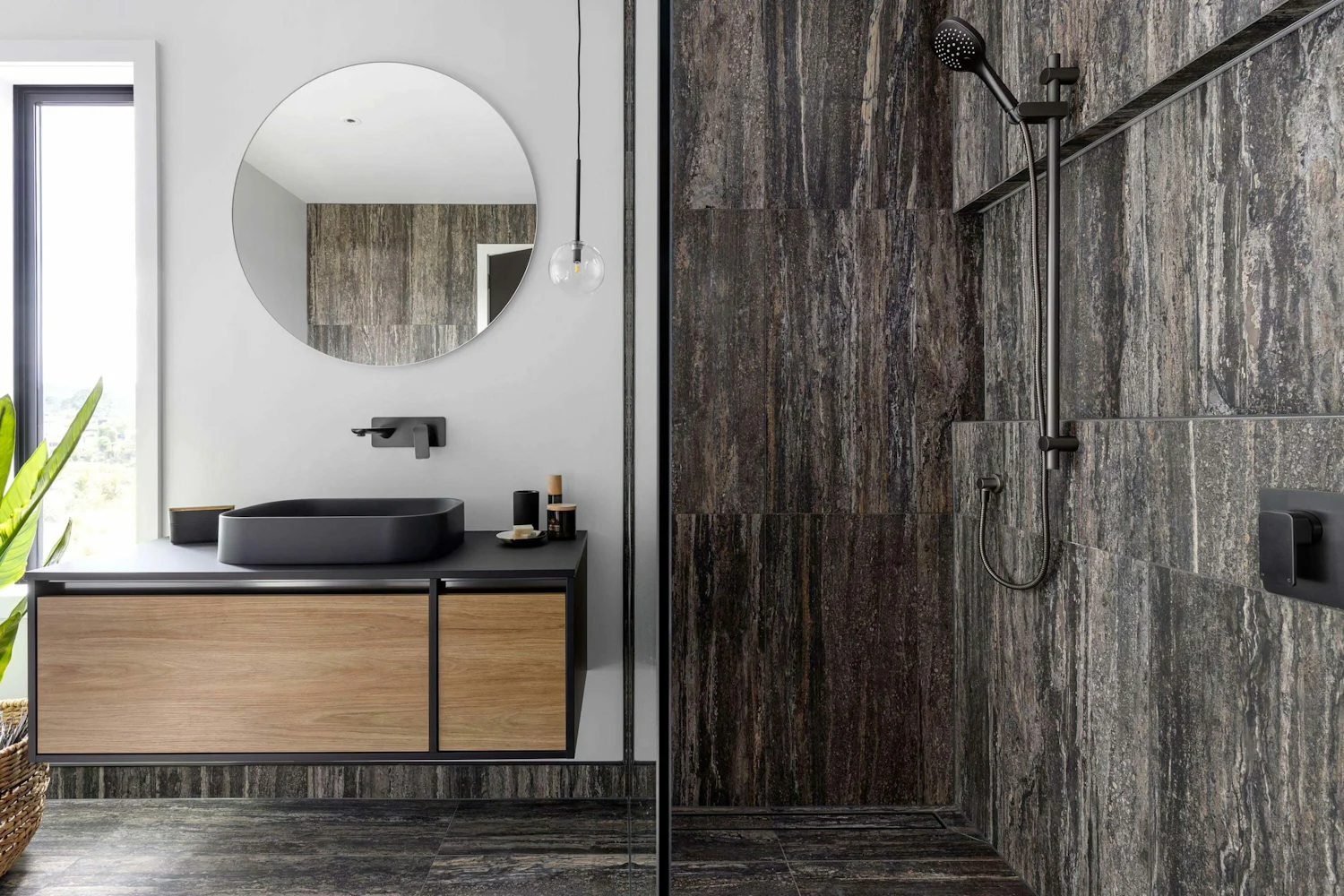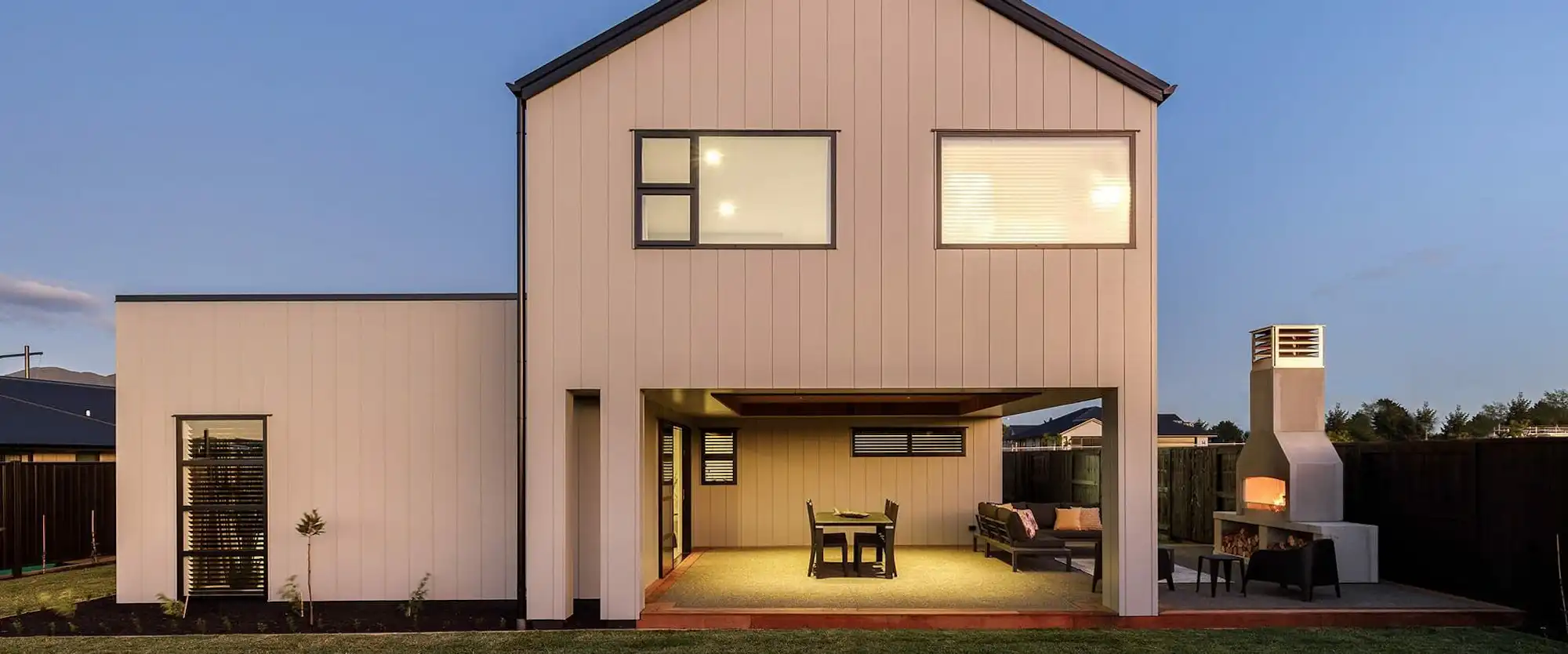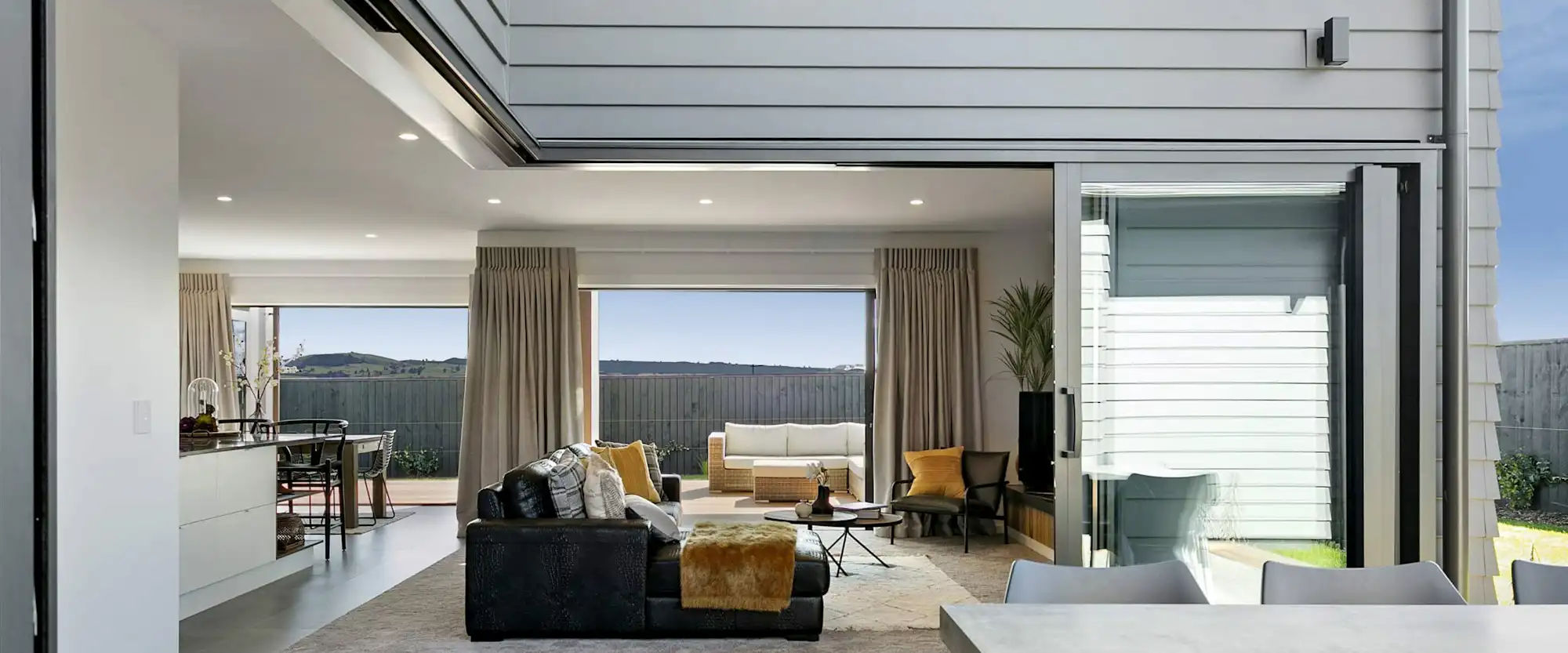Creating a cohesive colour scheme in your home can feel like an overwhelming task. How many colours should I use? Should I stick with one tone of each colour, or can I use several? What about feature walls? Where do I even start?
Once you start researching the ‘rules’ of colour cohesion, what should be a straightforward and enjoyable project can become incredibly complex! To help keep things simple and fun, we caught up with Resene Colour Consultant Rebecca Long to talk through the basics of creating colour cohesion in your new home

